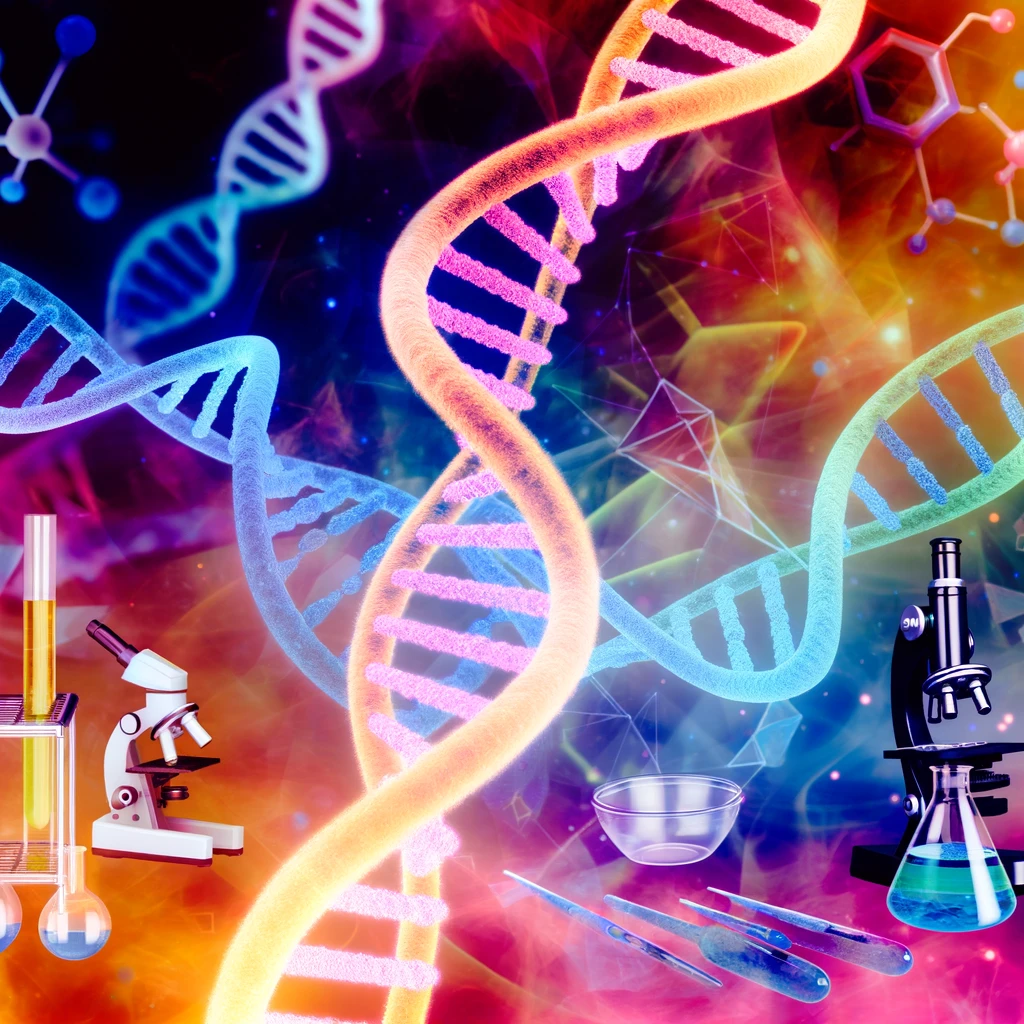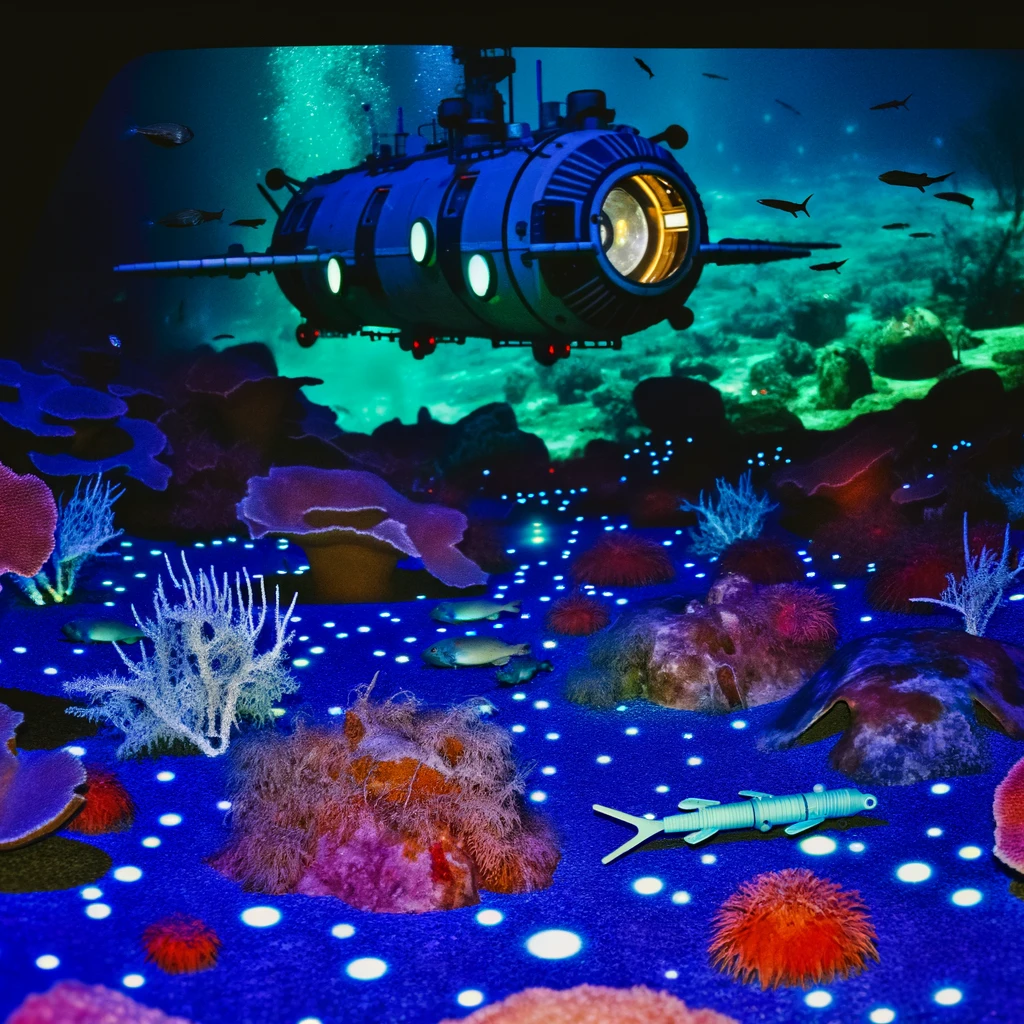
Deciphering the DNA: A Deep Dive into Genetic Code
DNA, or deoxyribonucleic acid, is a molecule that contains the instructions an organism needs to develop, live, and reproduce. Often referred to as the blueprint of life, DNA holds the genetic instructions vital for the biological development of cellular forms of life and many viruses. This article explores the intricacies of DNA and its role in genetics.
The Structure of DNA
DNA is composed of two strands that coil around each other to form a double helix. The structure of DNA was first described by James Watson and Francis Crick in 1953, a discovery that revolutionized the field of genetics. The backbone of each DNA strand is made of alternating sugar (deoxyribose) and phosphate groups, while each sugar is attached to one of four types of nitrogen bases: adenine (A), cytosine (C), guanine (G), and thymine (T). The sequence of these bases encodes genetic information, much like how letters of the alphabet form words and sentences.
Base Pairing
In the DNA structure, adenine pairs with thymine, and cytosine pairs with guanine. This base pairing is facilitated by hydrogen bonds: A with T forms two hydrogen bonds, while G with C forms three. This complementary base pairing is crucial for the replication of DNA, ensuring that genetic information is accurately transmitted from one generation to the next.
The Genetic Code
The genetic code is a set of rules by which information encoded in genetic material (DNA or RNA) is translated into proteins by living cells. The code defines how sequences of three nucleotides, called codons, specify which amino acid will be added next during protein synthesis. Understanding this code is key to manipulating genetic material for medical and scientific advancements.
Translation and Transcription
Genetic information is used to produce proteins in a two-step process: transcription and translation. During transcription, a segment of DNA is copied into RNA (messenger RNA or mRNA) by the enzyme RNA polymerase. The mRNA then carries the genetic information from the nucleus of the cell to a ribosome, where translation occurs. During translation, the mRNA is read in sets of three bases (codons), and the corresponding amino acids are assembled to form a protein.
Applications of Genetic Code Understanding
Deciphering the genetic code has numerous applications in fields such as medicine, agriculture, and biotechnology. In medicine, understanding DNA helps in diagnosing genetic disorders, developing gene therapies, and personalizing medicine based on individual genetic profiles. In agriculture, genetic engineering can enhance crop resistance to pests and environmental conditions, leading to improved yields and food security.
Ethical Considerations
While the potential of genetic research is vast, it also raises ethical concerns. Issues such as genetic privacy, the potential for genetic discrimination, and the moral implications of genetic modification are topics of ongoing debate. Ensuring that advancements in genetics are guided by ethical considerations is essential to responsibly harnessing its power.
Conclusion
The genetic code is a fundamental aspect of biology that offers a window into the molecular machinery of life. As our understanding of genetics grows, so too does our capacity to innovate and address some of the most pressing challenges facing humanity today. By continuing to explore the depths of DNA, we open new frontiers in science and medicine, paving the way for a healthier, more sustainable future.
Related Articles





